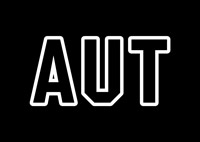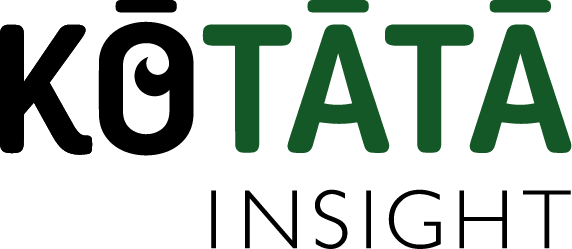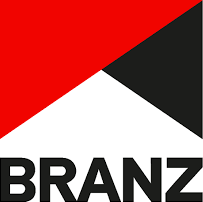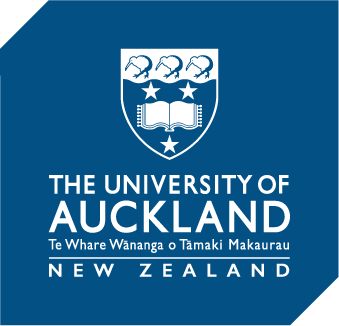The Te Hotonga Hapori research programme is the result of a collaborative, co-design process which included input by three partner organisations – Kāinga Ora, Isthmus, the Building Research Association of New Zealand (BRANZ) and the Human Potential Centre, all with a shared vision . . . to enhance the impact of urban development on community wellbeing.
These organisations are all involved in community wellbeing in different ways, through urban development, urban design, architecture, building and construction, applied research, community development, and/or social change. Our partnership ensures that evidence and findings generated from Te Hotonga Hapori will be translated into action, resulting in better outcomes for people and communities in Aotearoa New Zealand.






